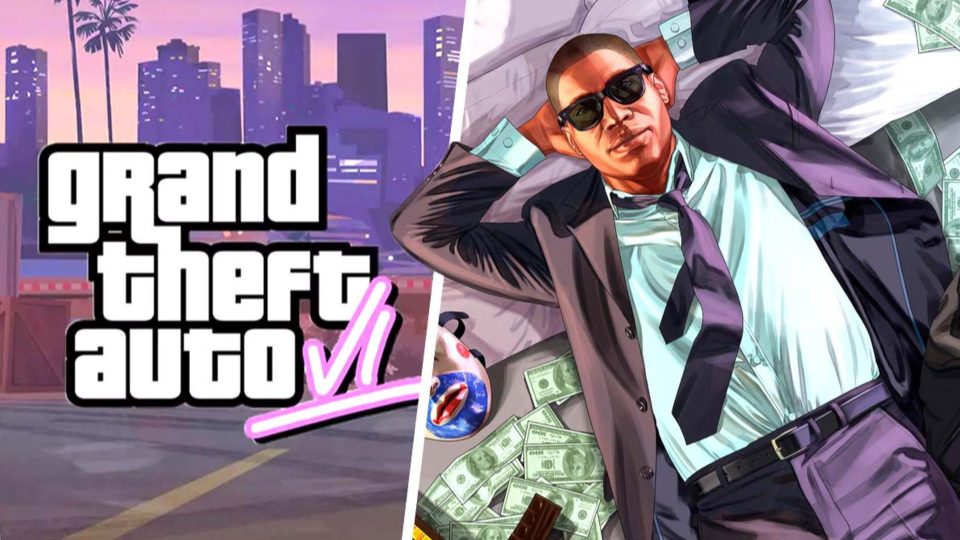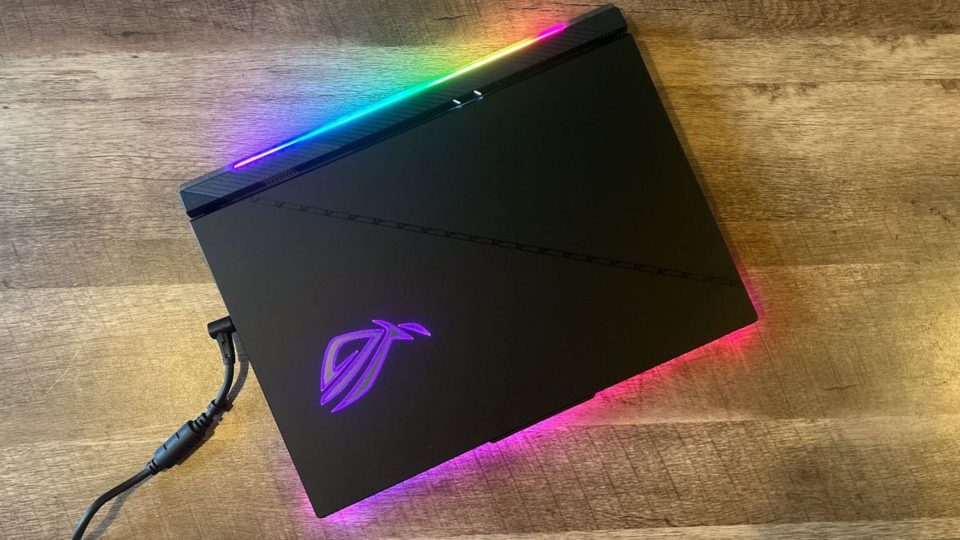
Many of the highest-grossing and most-played video games today are completely free to download and play. They’re not time-limited or feature-restricted demos, they’re not the first level with the option to pay for the rest, and most of them aren’t indie titles developed by one person working from their spare bedroom.
No, they are fully-fledged AAA titles developed and published by some of the biggest companies in the gaming industry.
But how and why are they free, and is this model going to become universal in the future?
How We Got Here
There have always been free games. What we see today is not a completely new phenomenon. In fact, Doom, which is one of the most popular titles ever created, owes a lot of its success to the fact that it was distributed for free under the shareware model.
Additionally, since the very earliest days of online casinos, many iGaming companies have often offered free versions of their card, table, and slot games for their customers to use. Sometimes, these free games come in the form of bonuses that can be unlocked by completing challenges and allow players to use slots with no wagering needed. Other times, the games may use “play money”, providing a great platform for players to practice and learn the rules.
That said, the vast majority of big blockbuster titles made before the 2010s were not distributed this way.
Games are like any other form of storytelling. They take time and resources to create and, therefore, the people that make them need to generate an income from their work. Without this revenue, they’d be unable to continue as they’d have to find alternative ways to pay for their necessities like their home, utilities, and food.
That’s why, for many decades, video game publishers sold their titles to players, giving them the entire application in exchange for one up-front fee. Throughout the 1980s and 1990s, this was done almost exclusively through physical retail stores, with gamers visiting in person and handing over cash before leaving with a box that contained a disc or cartridge.
Throughout the 2000s, online retailers began replacing their brick-and-mortar predecessors, though the same monetization model was used. This began to change towards the end of the decade as publishers began experimenting with generating additional income from their games after a player had already bought it.
After a few false starts, the most popular option became to provide players with additional content like maps, characters, missions, and weapons. They would generally be expansions to the game, giving those that bought them extra value and enjoyment at a fraction of the cost of a new title. For the developers, creating these downloadable content (DLC) items was faster and cheaper than making an entirely new game.
In the years that have followed, many publishers have completely removed the traditional up-front purchase element from their business models, choosing to rely solely on these DLC purchases.

A Win-Win Situation
While many games bemoan the constant nagging that comes with free-to-play games, the numbers demonstrate that they are both popular and profitable. Of the 12 highest-grossing games on Steam in 2021, four were free-to-play. A fifth, Player Unknown’s Battlegrounds became entirely free-to-play in January 2022.
The reason that these games are so successful is that they manage to appeal to everyone. While wealthier players may be willing to spend hundreds or even thousands on their gaming hobby each month, those with fewer resources would never be able to afford that.
Free-to-play games provide a mechanism for publishers to extract as much as people are willing to pay, maximizing both their revenue and their profits in the process.
While they could just charge for the games, the free-to-play element serves three important purposes. Firstly, free players can still make money for the publisher if they’re shown ads. Secondly, these low and non-spending users help to keep game servers full and provide a degree of “cannon fodder” for higher spending and more dedicated users.
Finally, a player that doesn’t spend today may choose to do so in the future, so letting them play for free first helps to build and maintain a relationship with them.
Gradual Transition
Almost all blockbuster video games now contain microtransactions, even if they are not offered for free. In recent years, the proportion of income generated from these in-game purchases by publishers like EA and Take-Two has ballooned. Today, these companies make more of their money from “recurring transactions” than they do from up-front purchases. Take-Two’s CEO has even gone on record to say that the company is “prioritizing development that integrates them into the overall game”.
As this trend continues, there very well could become a time when almost all games are published for free and monetized solely by microtransactions. It seems unlikely that all titles will be published this way, but the market’s landscape will certainly shift greatly in the coming years.




